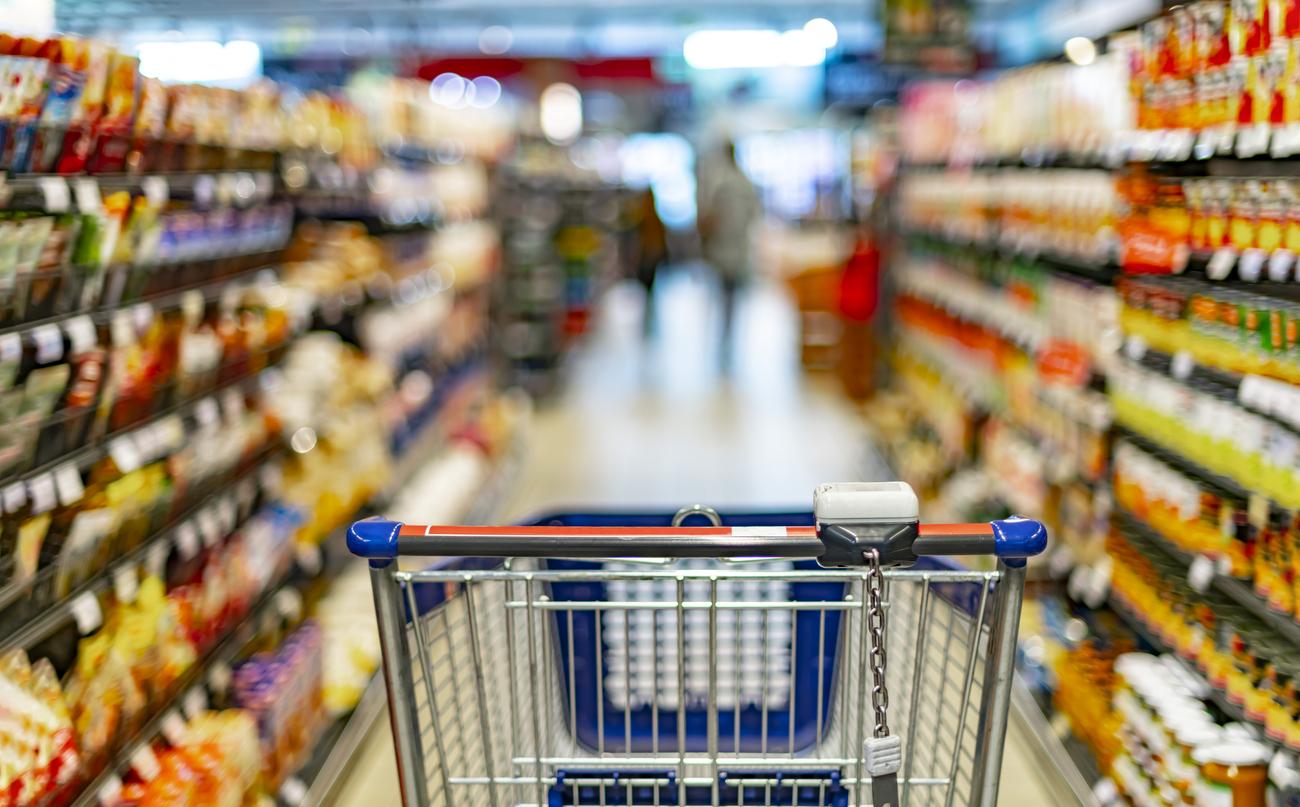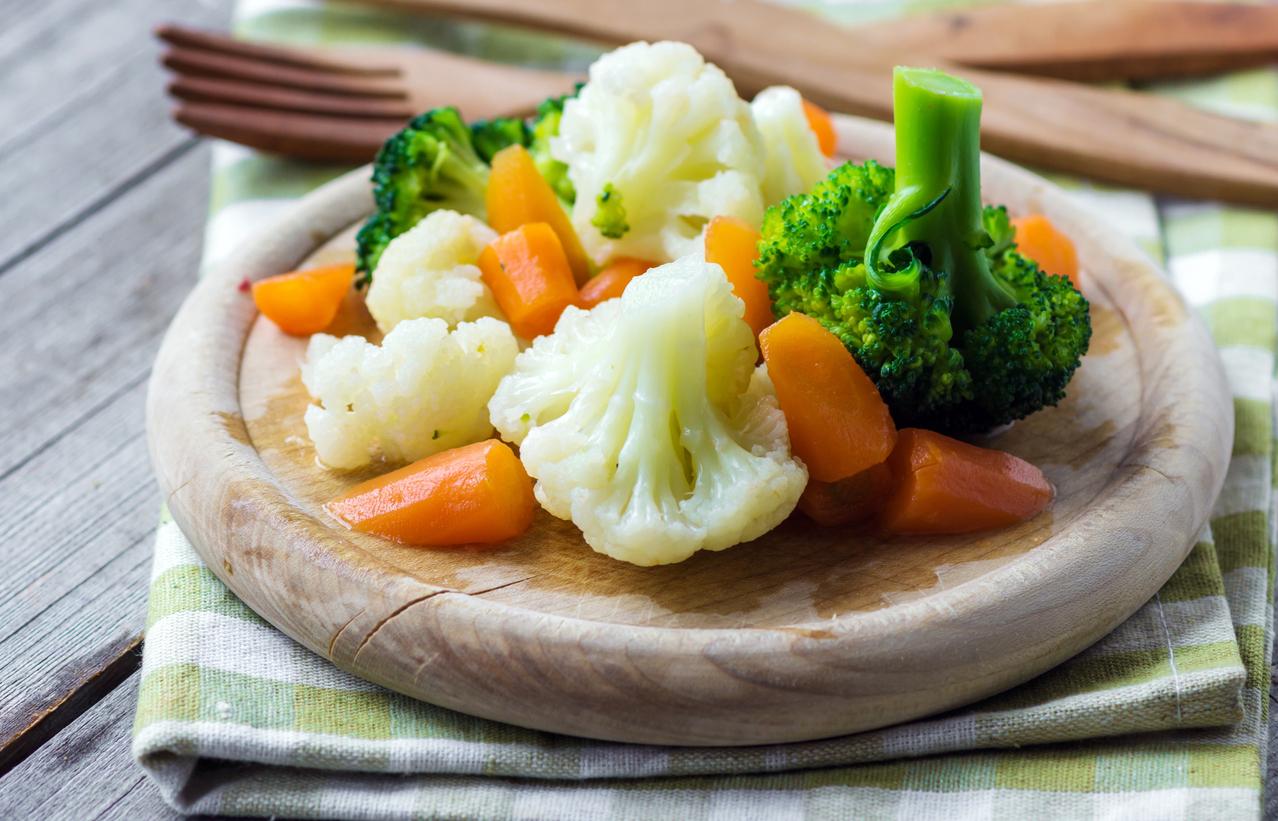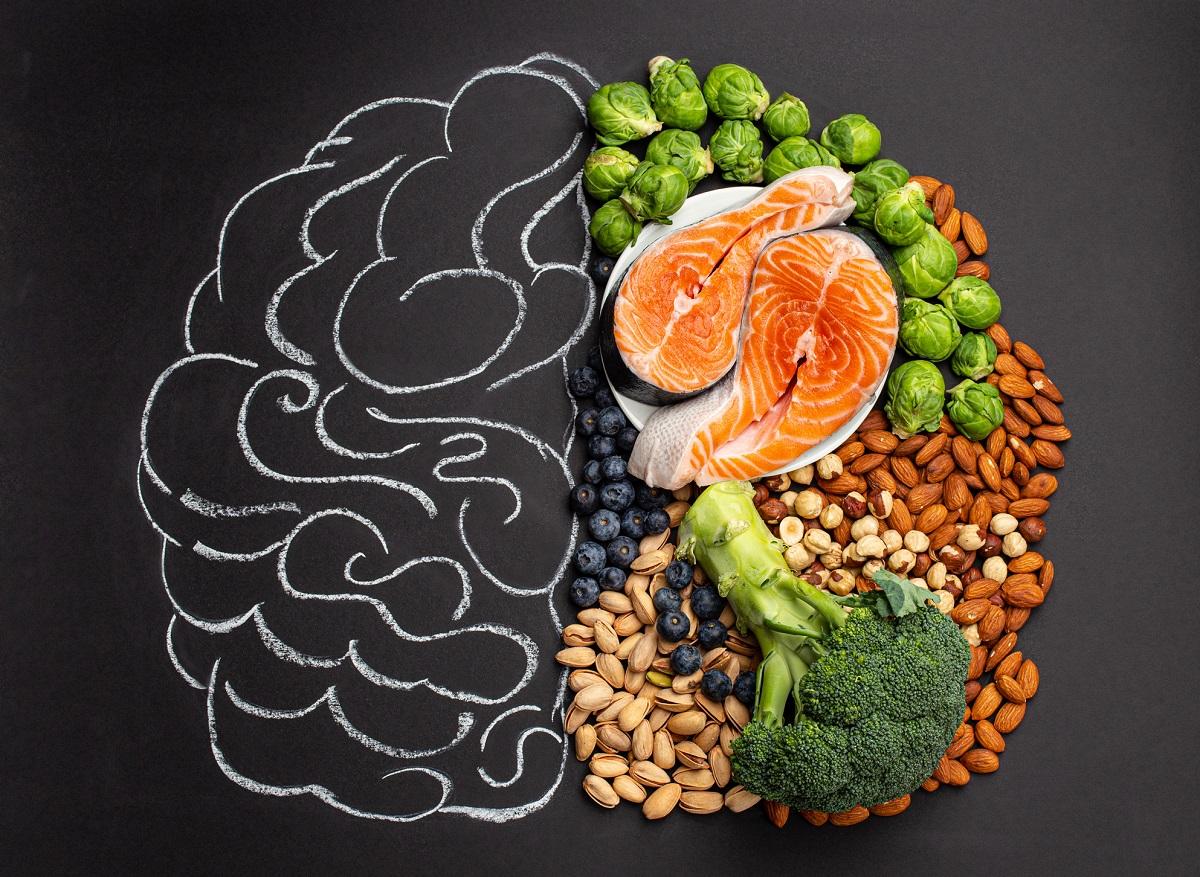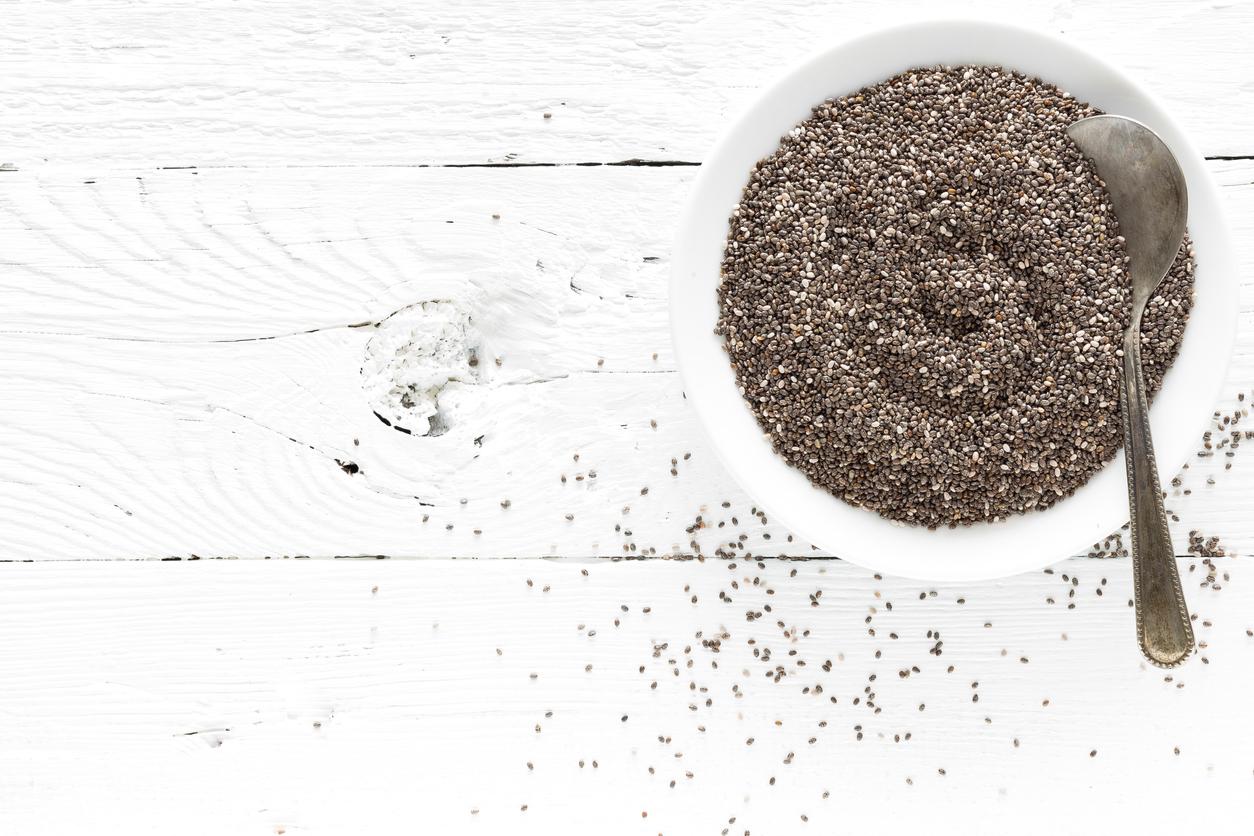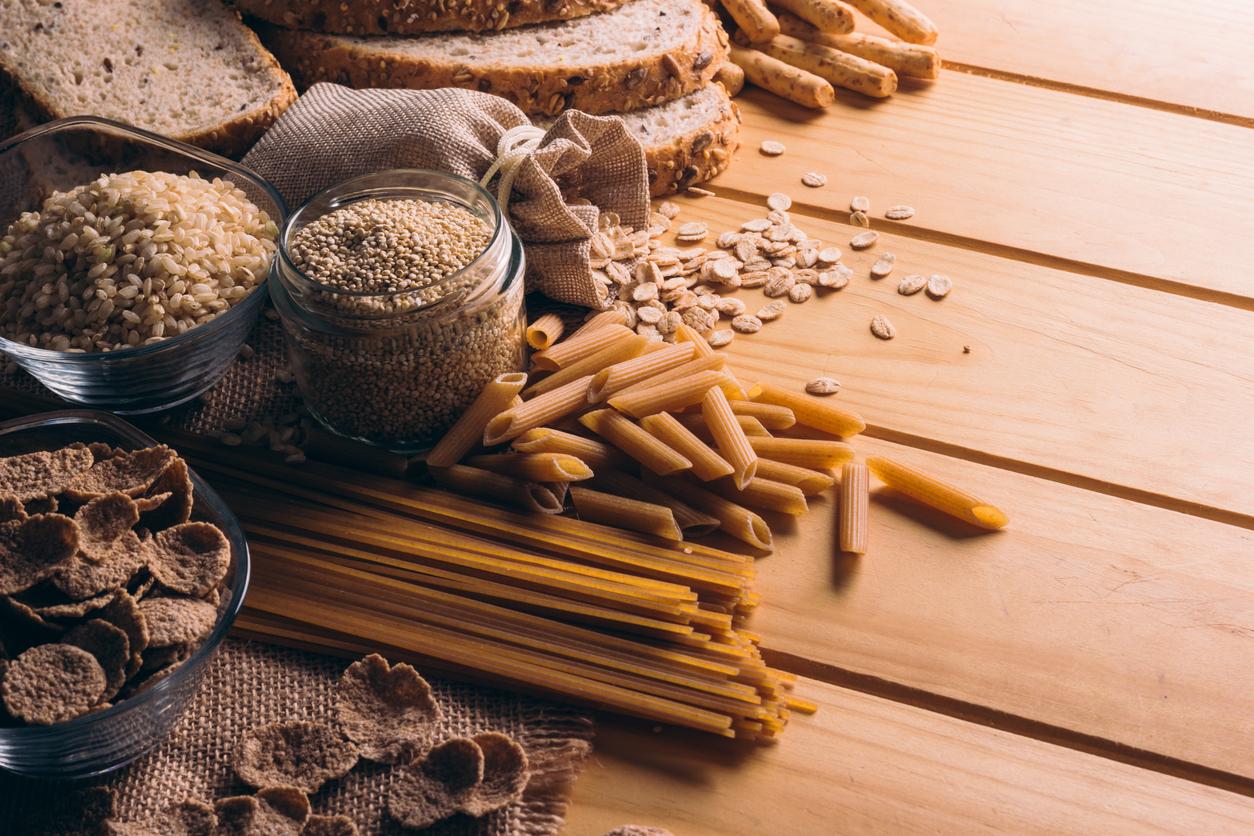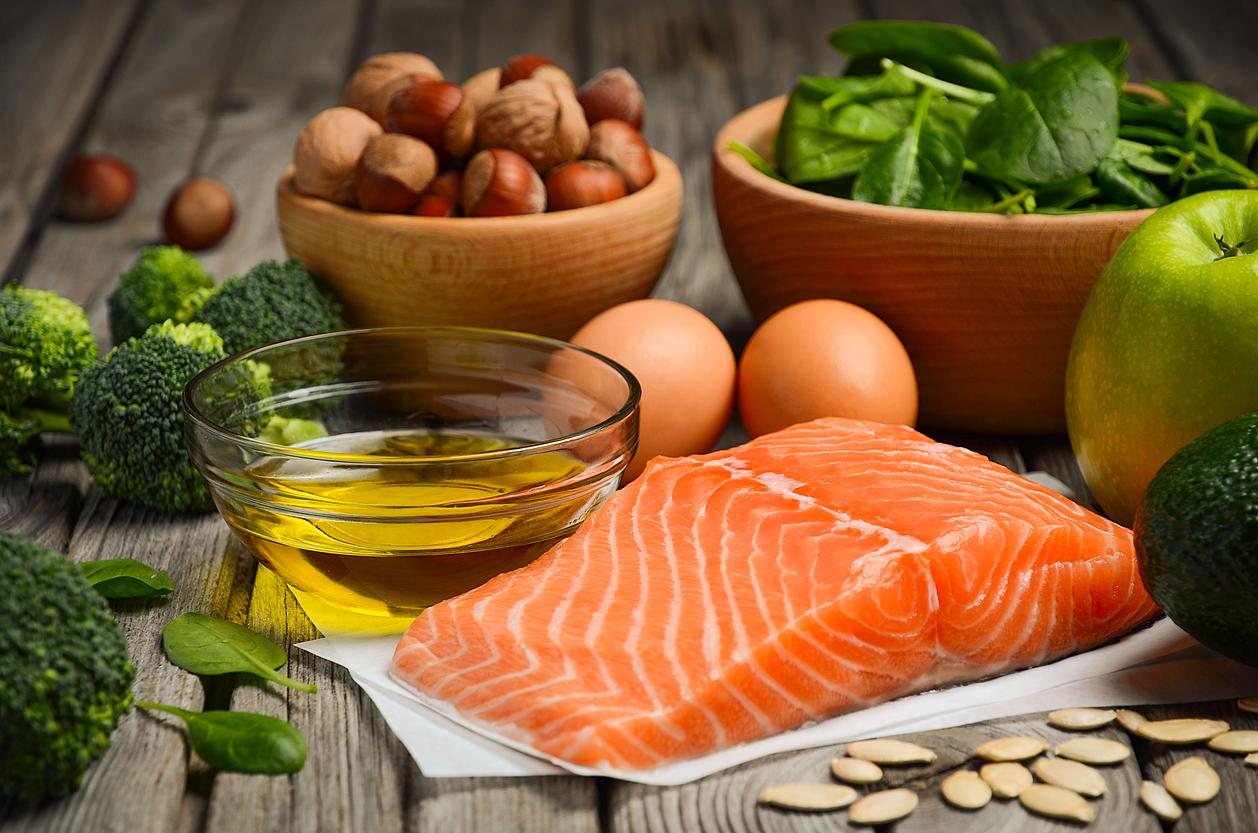Vitamin D
In addition to the fact that it helps fight against osteoporosis, vitamin D would also have protective effects against breast cancer or uterine fibroma. It is, moreover, essential for the metabolism of calcium and phosphorus, because it makes it possible to increase their absorption.
In France, it is estimated that 8 out of 10 people suffer from vitamin D deficiency.
Where to find it?
Vitamin D is found in oily fish such as, for example, mackerel, sardines or herring, fish liver and fish oils, as well as in egg yolks.
In the event of insufficient intake, your doctor may prescribe a blood test before determining the dose to take.
The recommended nutritional intake is 5 µg / d for adults and children over 3 years old and 10-15 µg / d for the elderly.
Folic acid (or vitamin B9)
Folic acid (also called vitamin B9) is involved in the production of red and white blood cells, in the renewal of the skin and the lining of the intestine, as well as in the synthesis of chemicals that modulate the functioning of the brain. Folic acid is particularly essential at the very beginning of pregnancy for the development of the nervous system of the embryo.
Where to find it?
Vitamin B9 is mainly found in dark green leafy vegetables such as cabbage, spinach, lamb’s lettuce, chard, broccoli or arugula. It is also found in pulses and brewer’s yeast.
It is also available in tablet form, combined with other B vitamins (especially B6 and B12). The recommended nutritional intake is 330 µg of folate per day for men and 300 µg for women.
Calcium
Calcium is the most abundant mineral salt in the body: most of it is found in the bones and teeth where it contributes to their strength. But it is also involved in many other functions such as muscle contraction, blood coagulation or the secretion of hormones. According to a study in people predisposed to this disease, eating a diet rich enough in calcium may slightly reduce the risk of developing colon cancer.
Where to find it?
Calcium is found in cheeses, yogurt, cow’s milk but also in dried fruits (almonds, hazelnuts, figs), pulses and certain green vegetables (cabbage, leeks, broccoli).
Recommended nutritional intakes range from 500 mg per day (for a child aged 1 to 3) up to 1200 mg per day for adolescents, women over 55 and men over 65.
Zinc
Zinc is a metal essential for the action of multiple enzymes in our body. It is, among other things, necessary for the proper functioning of our immune system, the renewal of the skin, nails and hair and the maintenance of bone strength. It would also help fight against age-related macular degeneration (AMD).
Where to find it?
The main food sources are oysters, lean red meat, liver, turkey, legumes, wheat germ, sprouted seeds and whole grains.
The recommended daily dose of zinc is 11 mg for men and pregnant women, and 8 mg for women, including that in food.
Zinc intake may be recommended for vegetarians. The maximum daily dose not to be exceeded is 40 mg for an adult.
The iron
Iron is a trace element necessary for our body because it ensures the transport of oxygen in the red blood cells. It contributes to the normal functioning of the immune system and reduces fatigue. Insufficient iron intake can cause anemia, the symptoms of which are: fatigue, pallor, palpitations and decreased intellectual performance.
Where to find it?
The most easily absorbable forms of iron are found in organ meats, red meat, poultry, fish and seafood. But iron is also found, which is less easily absorbed in pulses and dried fruits, seeds. , and green vegetables.
The recommended nutritional intake is 9 mg for men and postmenopausal women, 16 mg for women of childbearing age and 25 to 35 mg for pregnant women.
Iron supplementation must imperatively be done under medical supervision. This is because iron accumulates in the body and its excess can cause serious poisoning.
Coenzyme Q10
Coenzyme Q10 (also known as ubiquinone) helps cells produce energy: 95% of the body’s energy needs are transformed with the help of the coenzyme. It is very particularly interesting if you play sports because it increases your abilities. It also has strong anti-oxidant properties.
Where to find it?
Our diet provides us with a daily intake of about 3 to 10 milligrams of this coenzyme, especially found in meat (beef and lamb in particular) and fish. But the older we get, the more its level in the blood decreases. It also decreases in people who take statins (cholesterol medications).
Coenzyme Q10 is found in many dietary supplements intended to combat aging. There is no recommended nutritional intake, but it seems that the minimum dose to obtain an antioxidant effect in the body is 90 mg.










